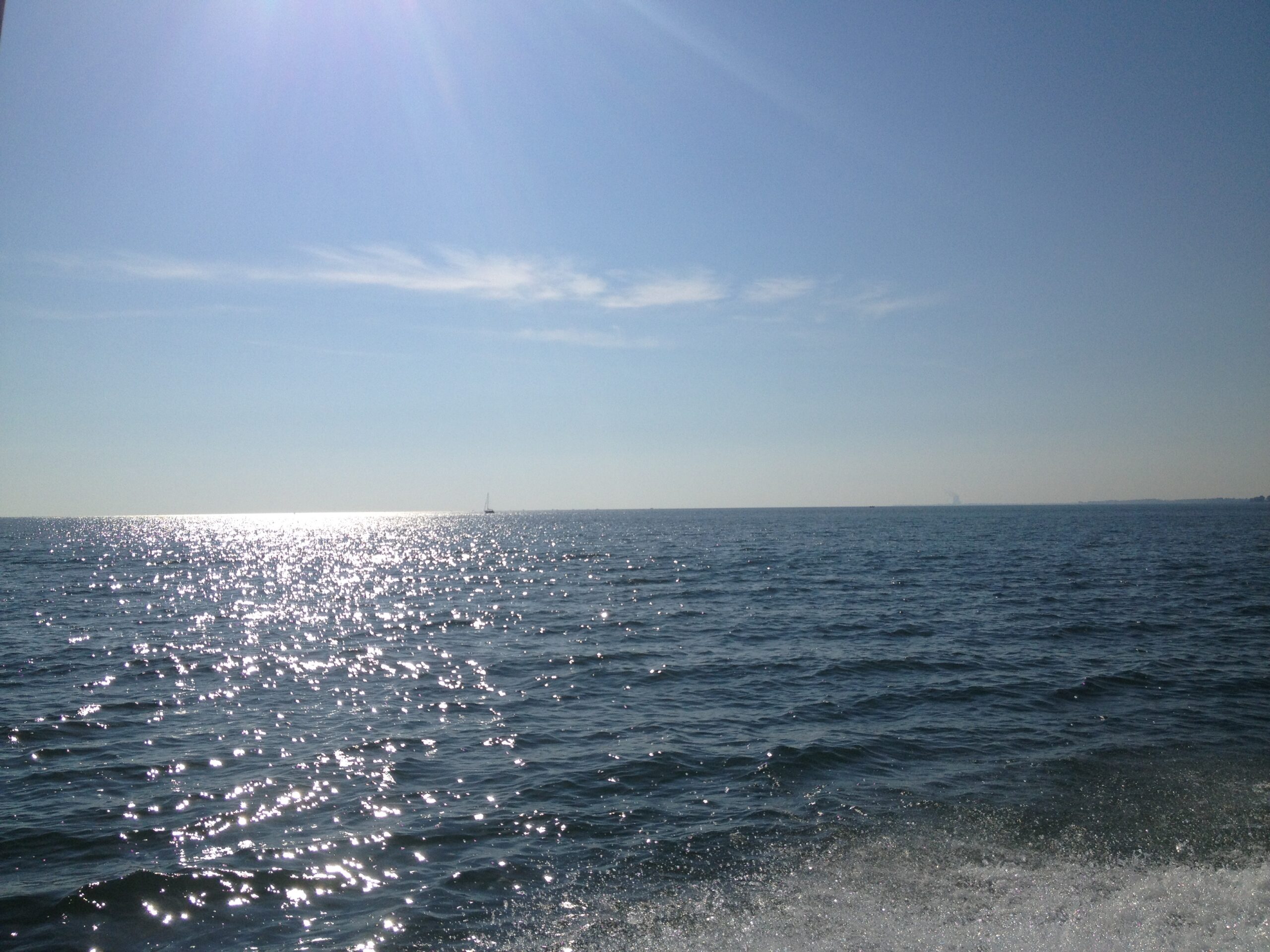Hypoxia, low dissolved oxygen concentration, often develops in aquatic systems when eutrophication (excess nutrients in a system) increases primary productivity and biological oxygen demand in the form of respiration by primary producers, consumers, and perhaps most importantly, decomposers. This process can occur naturally, but the addition of excess nutrients from human activities is causing an increase in the worldwide abundance and severity of hypoxic zones. For aquatic habitats, there is a potential trade-off with eutrophication between increased prey biomass and the occurrence and spatio-temporal extent of hypoxia. When fin fish encounter hypoxia, they first attempt to avoid the area of low oxygen which may cause fish to experience novel environmental conditions, such as non-preferred temperature, light, or prey. If fish do not avoid hypoxia, they engage a variety of physiological mechanisms to prolong survival and minimize the negative consequences of reduced oxygen availability, including altering hemoglobin concentration and binding affinity and decreasing food consumption and metabolic rate.
We explored how nutrients and hypoxia potentially affect individual fish species and aquatic communities using three approaches: 1) a species-specific, spatially- and temporally-explicit bioenergetics habitat quality model for four fish species, 2) laboratory experiments on Yellow Perch (Perca flavescens) behavior and physiological responses to hypoxia, and 3) a meta-analysis of published studies to determine a non-lethal definition of when hypoxia negatively affects fin fish via their growth and food consumption. For the first two approaches, we used the central basin of Lake Erie, North America, as our study system which has a history of anthropogenic nutrient loading and an annually recurring hypoxic zone that is comparable to many marine and estuarine hypoxic zones. We focused on Yellow Perch for the second approach, as Yellow Perch are common and economically important in Lake Erie. Additionally, they are relatively tolerant of low oxygen conditions and are less likely to completely avoid the use of hypoxic habitat. For the third approach, we focused on a non-lethal definition of hypoxia since commonly used definitions (e.g., 2.0 mg/L) are often based on lethal responses which may not be relevant for mobile species such as fin fish that can often avoid lethal hypoxia.
Key Results:
- In our habitat quality model of Lake Erie, increasing nutrients negatively affected average annual habitat quality for the six species and life-stage combinations we examined, but increasing nutrients also increased peak habitat quality. We found that additional nutrients affected habitat quality species- and life-stage-specifically depending on habitat and prey preferences. Although we observed these general trends, a greater amount of variability in the habitat quality response occurred due to annual meteorological conditions than because of annual changes in nutrient levels. Our results indicate that while increased nutrient loading is likely to affect species to different degrees based on habitat preferences, annual climate conditions may mask short-term changes in nutrients on habitat quality.
- Yellow perch demonstrated little to no response to moderate hypoxic conditions through foraging behavior, acute exposure, or chronic exposure. Although previous studies have demonstrated Yellow Perch and conspecific Eurasian Perch (Perca fluviatillis) respond to severe hypoxia (< 2.0 mg/L), our results indicate that Yellow Perch may be able to satisfy their oxygen needs, at least at the durations, concentrations, and temperatures tested in our experiment. Thus, Yellow Perch may be able to utilize greater habitat during hypoxic events but would still be subject to other direct and indirect negative effects of eutrophication and hypoxia.
- We found consistent, negative, non-lethal effects on fish (i.e., on fish growth and food consumption) below 4.5 mg/L. Defining this more relevant definition of hypoxia across a broad range of fish species may help with identification and management of hypoxic habitats.
